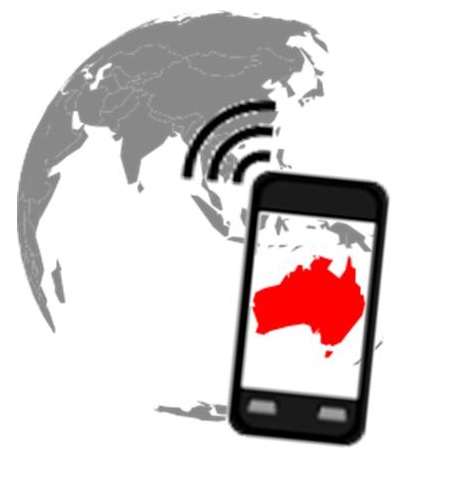The AIMIA has now released its tenth annual index which has provided considerable insight into tech trends.
The Tenth Annual Australian Mobile Phone Lifestyle Index has now been released by the AIMIA, which has allowed the industry to gain a considerable amount of insight with regards to the preferences and behaviors of consumers in Australia with regards to mobile technology.
This year, they discovered that between smartphone and televisions, Australians prefer their cell phones.
In fact, among the respondents to this year’s study, 61 percent said that they would choose their mobile technology – specifically, their smartphone – over a television. That said, 70 percent still said that they preferred their cars. Moreover, when the respondents to this survey were offered the choice from among various types of tech, about 50 percent said that their preference was their smartphone, 34 percent still preferred their laptop or desktop, and 16 percent wanted their tablets.
The survey also looked into a range of different overall behaviors with respect to the use of mobile technology.
 For example, about 30 percent of the respondents to the survey in Australia said that they brought their mobile devices to bed, where they would use them, and that they also watched television there. Another 39 percent said that they always used their smartphones while they were traveling on public transportation such as buses.
For example, about 30 percent of the respondents to the survey in Australia said that they brought their mobile devices to bed, where they would use them, and that they also watched television there. Another 39 percent said that they always used their smartphones while they were traveling on public transportation such as buses.
A surprising 34 percent of respondents had only a mobile phone as their telephone service and did not subscribe to a landline telephone.
When it came to shopping behaviors, the laptop and desktop continued to reign supreme, as 93 percent of PC owners had made a purchase over their computers. Comparatively, among tablet owners, 73 percent had made a purchase, and among smartphone owners, 58 percent had made a purchase over their devices.
Slightly more than one in three respondents stated that they did not wish to receive personalized ads on their mobile technology or computers. This is interesting as it is in direct opposition to the current trend that is growing with respect to the personalization of mobile marketing and advertising through the use of various kinds of messaging.

